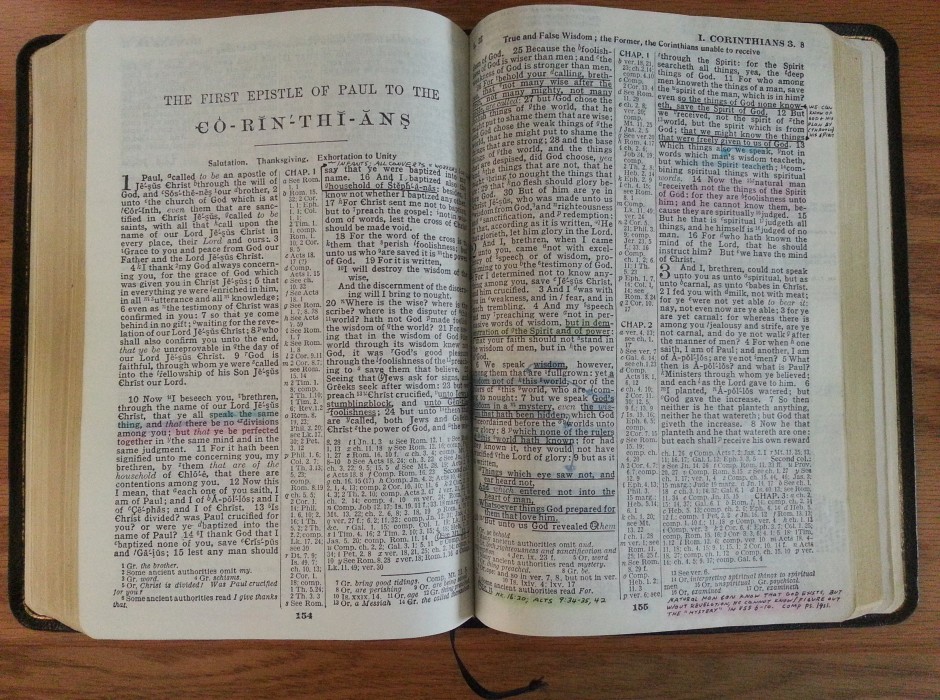CONTEXT
- Matthew’s account, between chapter 2 and 3, skips around 29 years! It goes from Jesus being a baby, until Jesus is about 30 years old (see Lk. 3:23).
Matthew 3 has introduced us to John the baptizer and his ministry of preparing people for the Messiah and His kingdom (see esp. vv. 2-3).
OUR TEXT
13 Then Jesus came from Galilee to the Jordan to John, to be baptized by him. 14 John would have prevented him, saying, “I need to be baptized by you, and do you come to me?” 15 But Jesus answered him, “Let it be so now, for thus it is fitting for us to fulfill all righteousness.” Then he consented. 16 And when Jesus was baptized, immediately he went up from the water, and behold, the heavens were opened to him, and he saw the Spirit of God descending like a dove and coming to rest on him; 17 and behold, a voice from heaven said, “This is my beloved Son, with whom I am well pleased.”
Observe the following points from the text:
- The Emphatic Arrival of Jesus on the Scene (v. 13). “Then came Jesus” – Here is the arrival of the Messiah, the One the OT prophets pointed to, as well as John. The wording of this phrase is strikingly similar to the appearance of John in 3:1 which says, “In those days John the Baptist came…” But as John is the first to point out, the stage of Jesus is much grander than his! He was merely paving the way.
- John’s Emphatic Question (v. 14). “I need to be baptized by you, and do you come to me?” Note the repetition of the pronoun “you.” John is saying, “Something is backwards here!” While the humility of John is absolutely undeniable both here and elsewhere, it is also possible (if not probable) that he was using this as a teaching opportunity. (Compare Lk. 7:22.) The last thing that John wants is people to follow him rather than Christ!
- Jesus’ Emphatic Response and Baptism (v. 15). “Let it be so now, for thus it is fitting for us to fulfill all righteousness.” Both John and Jesus well understand their role and work seamlessly together. John clears the way for Jesus to be baptized by him and their roles not to be misunderstood.
Though John’s baptism was “for the forgiveness of sins” (Mk. 1:4), Jesus had none (see Heb. 4:15; 2 Cor. 5:21). Yet baptism was a command given through John, an inspired spokesmen for God. There may be much involved in Jesus “fulfilling all righteousness” through His baptism, but consider these two particular thoughts: (1) The command of John (or, heaven) was righteous and needed to be fulfilled by the perfect Son of God (compare Rom. 8:3-4; Heb. 5:9; Ps. 119:137).
- Inseparably from this is the plan of the Father to save mankind through His Son’s death, burial and resurrection, which is represented in the action of baptism (see Rom. 6:3-4).
- The Emphatic Witness of the Godhead (vv. 16-17). At the culmination of the baptism of Jesus, the Spirit descends upon the Lord, and the voice of the Father in heaven states, “This is my beloved Son, with whom I am well pleased” (v. 17). The opening of heaven (v. 16), the descending of the Spirit and the voice of the Father giving a ringing endorsement for Jesus truly being the Messiah!
CONCLUSION
If we learn two things from this text, perhaps it ought to be:
- There is good reason to believe in Jesus as the Messiah.
- There is good reason to be baptized! Jesus had not sinned and was compelled to be baptized. What about us? (See Mk. 16:16; Acts 2:38; 22:16; 1 Pt. 3:21; Rom. 6:3-4.)
Daren Schroeder

